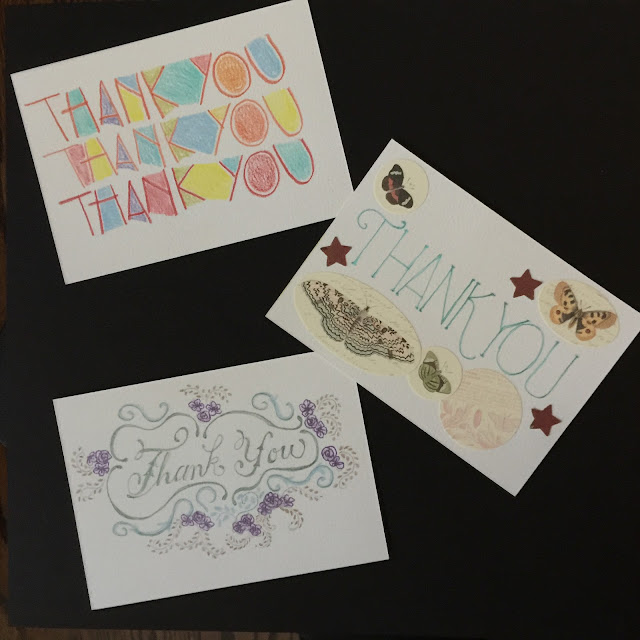Under the platform that had supported the Robert E. Lee statue in Virginia, excavators found a cornerstone box filled with books and other papers, many with pages stuck together, memorabilia of the times, and a Confederate flag. The historians examining the contents of the box had hoped to find an original photo of Lincoln in his coffin. No photo came to the surface. The box contents were a whisper of the past indicating what people wanted the future to know about their moment in time.
I have what seems a time capsule of my own containing papers and other items from my parents. I keep thinking I've gone through it all, only to discover, nestled within other papers, something that draws my attention. This time it is a pamphlet from 1968 with Abraham Lincoln on the cover. In the top right-hand corner, my father's name appears in my mother's careful handwriting. The pamphlet came from Congressman Glen Lipscom, their representative at the time. The pamphlet smells musty and the paper is yellowed. It contains the Republican Platform for 1968, with the inscription, "We must think anew and act anew," a quote from Lincoln. If you are familiar with history, you will know that 1968 was a turbulent time, much like now, with protests over the war in Vietnam, the loss of the US Pueblo, the killings of Robert Kennedy and Martin Luther King, the election of Nixon to the Presidency, and also, Apollo orbiting the moon.
I turned the pages of the pamphlet and found a list of inspirational proposals adopted by the Republican Convention that year. As I read the list, I was struck by how much the GOP has strayed from these intentions. During the last Presidential election, the GOP did not offer a platform of purposes and goals as a party. Trump declared his own.
In 1968, the GOP proclaimed:
We must urgently dedicate our efforts towards restoration of peace both at home and abroad.
We must bring about a national commitment to rebuild our urban and rural areas.
We must enable family farm enterprise to participate fully in the nation's prosperity.
We must bring about quality education for all.
We must assure every individual an opportunity for satisfying and rewarding employment.
We must attack the root causes of poverty and eradicate racism, hatred, and violence.
We must give all citizens the opportunity to influence and shape the events of our time.
We must give increasing attention to the views of the young and recognize their key role in our present as well as the future.
We must mobilize the resources, talents, and energy of public and private sectors, to reach these goals, utilizing the unique strength and initiative of state and local governments.
We must re-establish fiscal responsibility and put an end to increases in the cost of living.
These are lofty, worthwhile goals. They ring true today, with many of the issues mentioned still in question. Wouldn't it be wonderful if, in 2022, we look again at our purpose as a people/country, whether as a Republican, Democrat, or Independent and set aside our cynicism, fear, and hyper-individualism to come together to agree that these kinds of common goals are beneficial for all of us? And then work together to bring about the changes we need?
I would add one more goal: we must protect the freedom of the press, and guard against the distribution of falsehoods and disinformation.
2022 will be an important year for all of us.
We will have big decisions to make at the ballot box.

















































